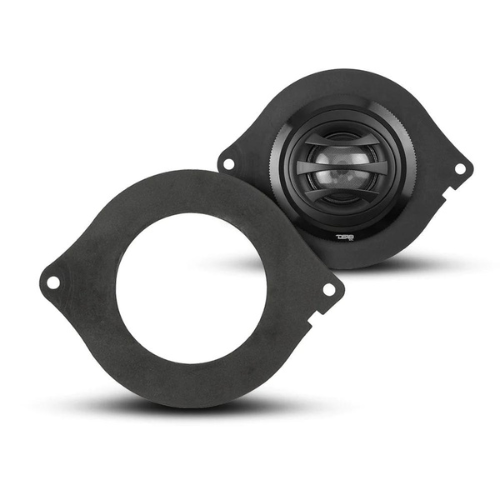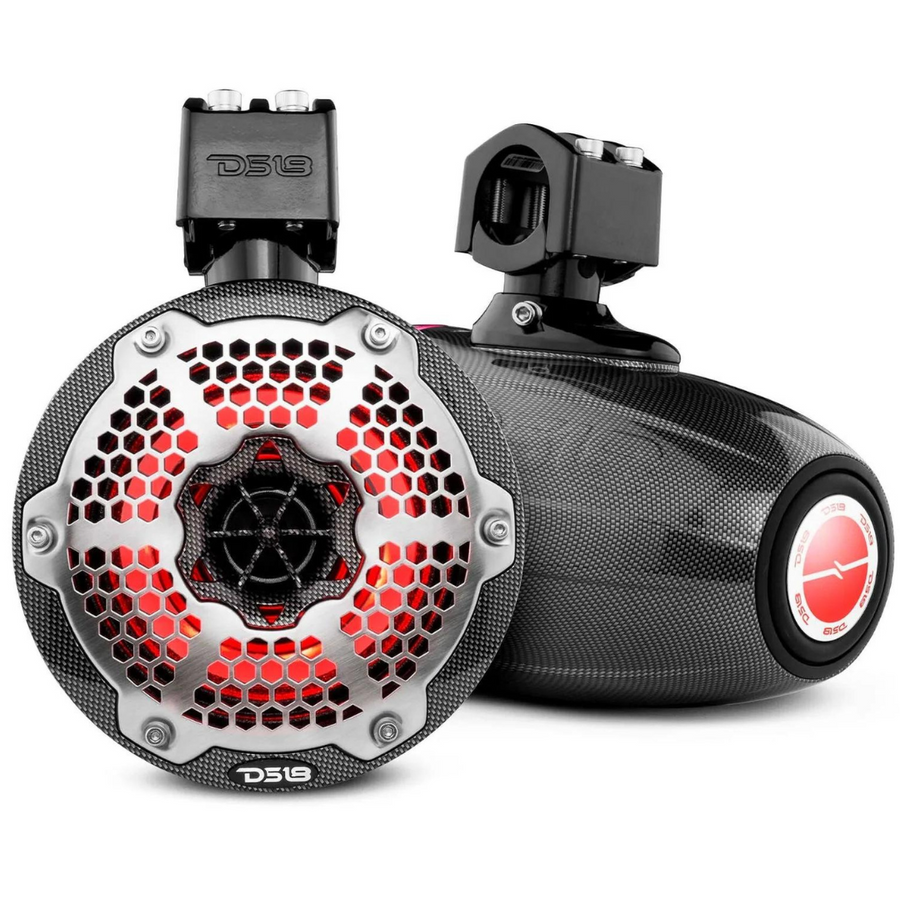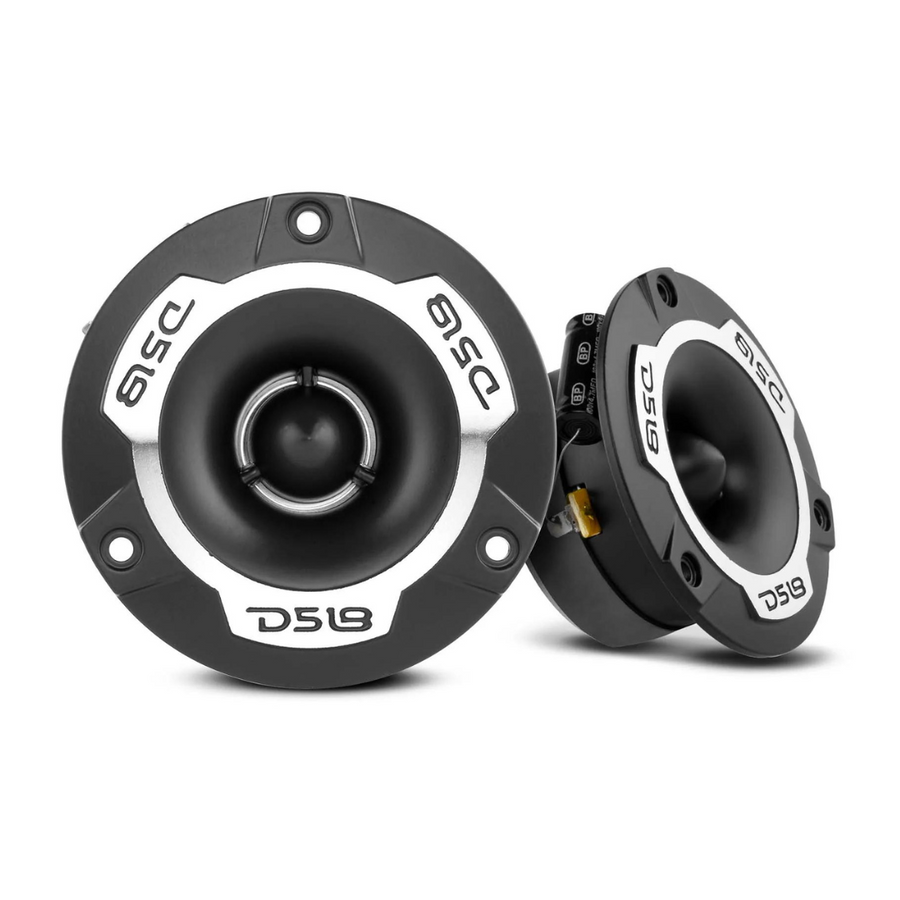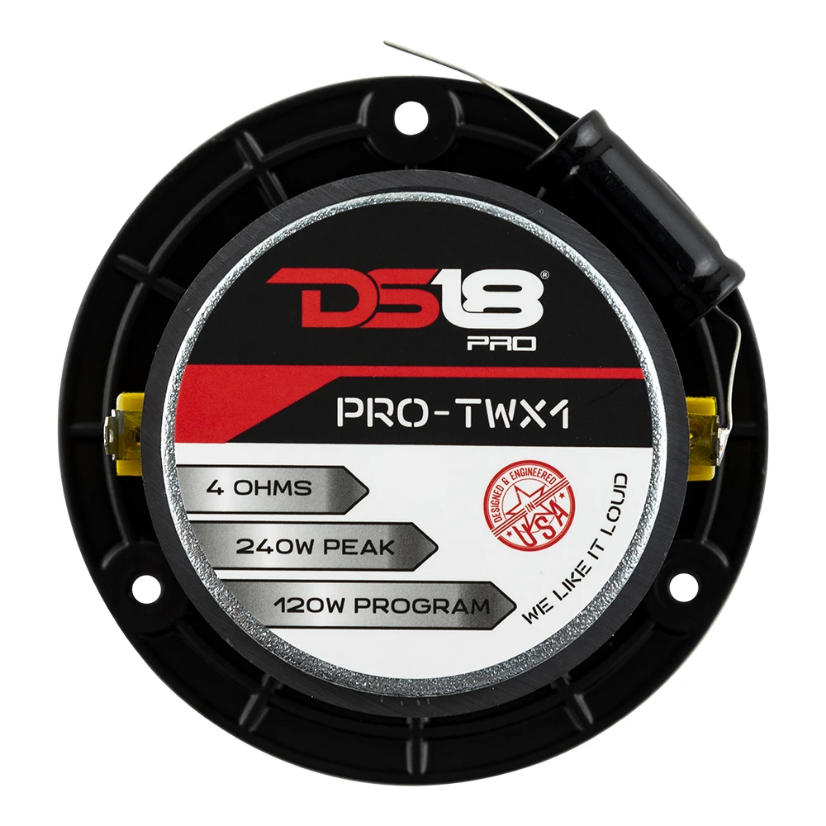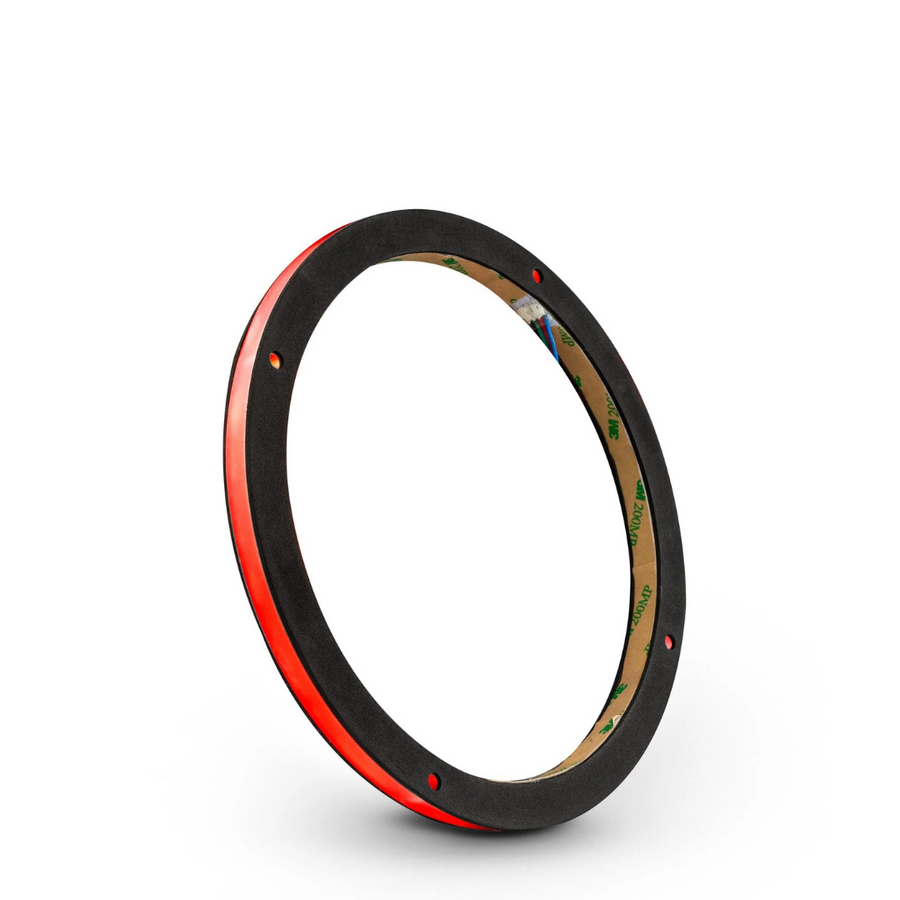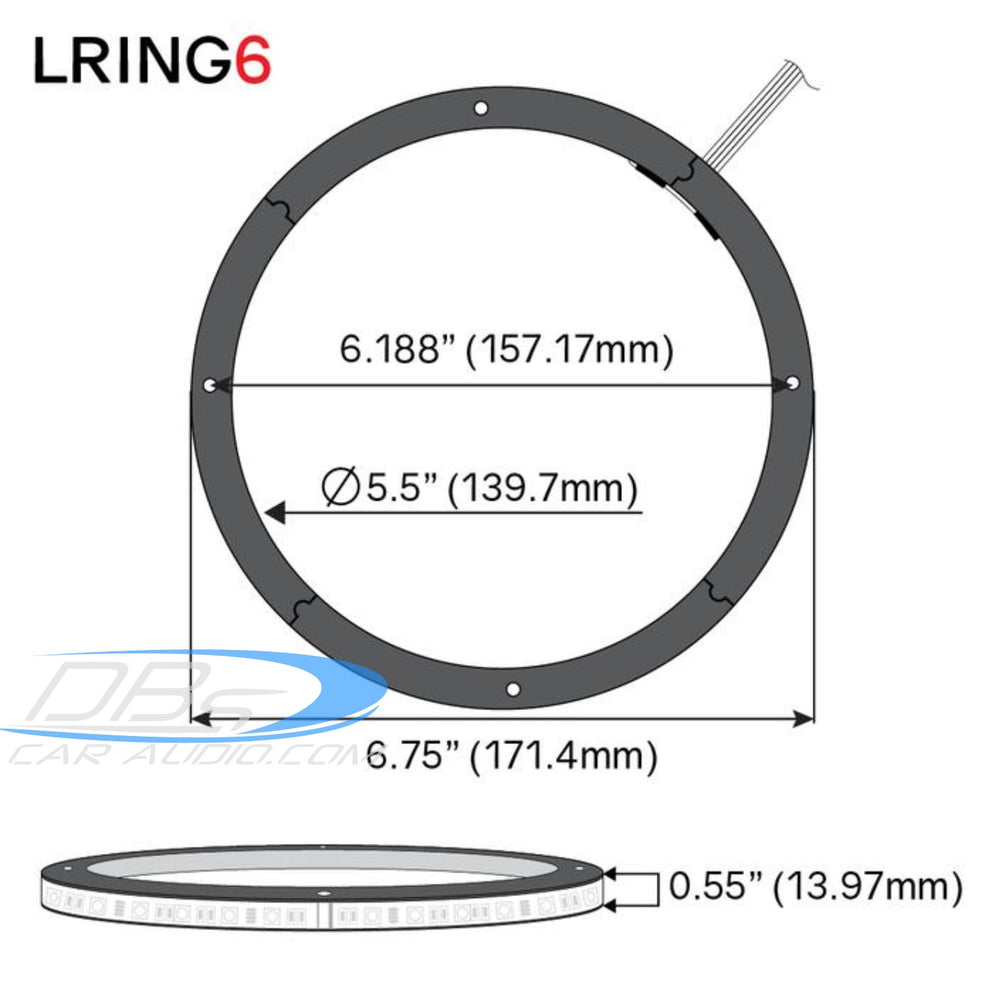Sealed Boxes vs. Ported Boxes: Choosing the Right Enclosure for Your Subwoofer
When it comes to setting up a powerful car audio system or a home theater, the choice of subwoofer enclosure can make a significant impact on your overall sound quality and bass performance. Two popular options are sealed boxes and ported boxes, each with its own set of advantages and disadvantages. In this blog, we’ll explore the differences between these two types of enclosures to help you make an informed decision for your specific audio needs.
Sealed Boxes: The Tight and Controlled Bass
Sealed enclosures, often referred to as acoustic suspension boxes, are a simple and popular choice for subwoofer setups. These boxes are airtight, meaning the air inside the enclosure is sealed off from the outside environment. Here are some key characteristics of sealed boxes:
However, there are some trade-offs with sealed boxes:
Making the Right Choice
The choice between sealed and ported boxes ultimately depends on your specific audio preferences, available space, and the type of music you primarily listen to. Here are some key takeaways:
Choose Sealed Boxes If:
•You prefer tight and controlled bass.
•Space is limited.
•You listen to a variety of music genres.
Choose Ported Boxes If:
• You want powerful, deep bass.
• You have ample space for a larger enclosure.
• Your music preferences lean toward bass-heavy genres.
Ultimately, both sealed and ported boxes have their merits, and the best choice depends on your personal audio goals. Regardless of your decision, a well-designed and properly matched subwoofer enclosure can significantly enhance your audio experience, bringing the thumping bass you desire to your music.
Sealed Boxes: The Tight and Controlled Bass
Sealed enclosures, often referred to as acoustic suspension boxes, are a simple and popular choice for subwoofer setups. These boxes are airtight, meaning the air inside the enclosure is sealed off from the outside environment. Here are some key characteristics of sealed boxes:
- Tight and Controlled Bass: Sealed boxes are known for providing accurate and controlled bass response. The sealed design restricts the movement of the subwoofer cone, preventing excessive excursion and delivering precise bass notes.
- Smaller Box Size: Sealed enclosures are typically smaller in size compared to ported enclosures for a given subwoofer, making them a great option when space is limited.
- Extended Low-Frequency Response: Sealed boxes are capable of extending the low-frequency response of subwoofers, providing deep bass without excessive distortion.
- Suitable for a Variety of Music Genres: They work well with a wide range of music genres, from classical to rock, making them a versatile choice.
However, there are some trade-offs with sealed boxes:
- Reduced Efficiency: Sealed enclosures are less efficient at converting amplifier power into sound output, which means you might need a more powerful amplifier.
- Less Output at Higher Frequencies: Sealed boxes are not as efficient at producing higher-frequency bass notes as ported boxes.
Ported Boxes: Power and Efficiency
Ported enclosures, also known as bass reflex enclosures, are designed with a tuned port or vent. This vent allows air to flow in and out of the box, which can enhance the subwoofer’s performance in several ways:
However, ported boxes have their drawbacks as well:
Ported enclosures, also known as bass reflex enclosures, are designed with a tuned port or vent. This vent allows air to flow in and out of the box, which can enhance the subwoofer’s performance in several ways:
- Increased Efficiency: Ported boxes are more efficient than sealed boxes, allowing you to get more sound output with less amplifier power.
- Enhanced Low-Frequency Output: Ported enclosures are excellent for producing deep and resonant bass frequencies, especially at low frequencies.
- Suitable for Specific Music Genres: They are often favored for genres like hip-hop, rap, and electronic music, where deep and powerful bass is a key element.
However, ported boxes have their drawbacks as well:
- Larger Box Size: Ported enclosures are generally larger than sealed enclosures for the same subwoofer, which can be a challenge when space is limited.
- Reduced Control: Ported designs can result in less control over the subwoofers cone movement, potentially leading to looser bass response.
- Risk of Over-excursion: The tuning of the port must be precise to avoid over-excursion of the subwoofer cone at certain frequencies.
Making the Right Choice
The choice between sealed and ported boxes ultimately depends on your specific audio preferences, available space, and the type of music you primarily listen to. Here are some key takeaways:
Choose Sealed Boxes If:
•You prefer tight and controlled bass.
•Space is limited.
•You listen to a variety of music genres.
Choose Ported Boxes If:
• You want powerful, deep bass.
• You have ample space for a larger enclosure.
• Your music preferences lean toward bass-heavy genres.
Ultimately, both sealed and ported boxes have their merits, and the best choice depends on your personal audio goals. Regardless of your decision, a well-designed and properly matched subwoofer enclosure can significantly enhance your audio experience, bringing the thumping bass you desire to your music.
More from:
Enclosure and Subwoofer Topics


